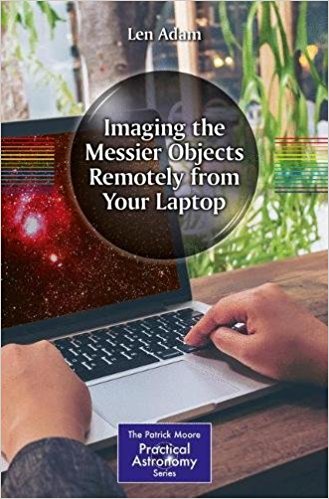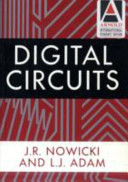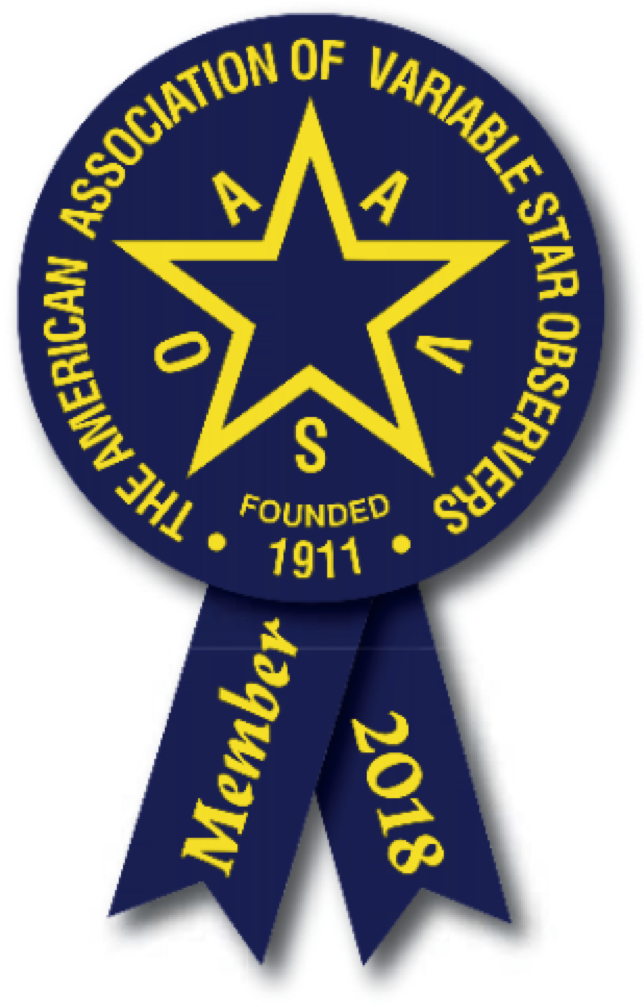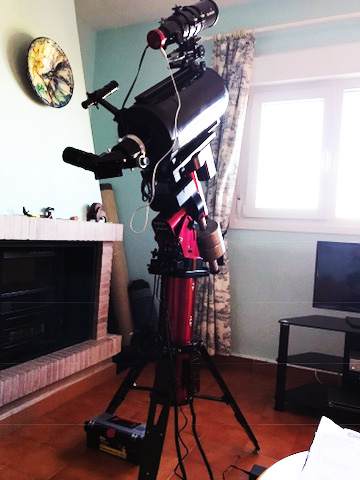Through my Binoculars
 Sunday, November 23, 2014 at 9:25PM
Sunday, November 23, 2014 at 9:25PM Today's Amateur Night Sky Daily is all about Binoculars and astronomy.
It was partially clear last night and I looked at a few objects with my Russian 7X50 Binoculars. They are an exceptionally solid pair with very good optics. the focusing is smooth and accurate. I know that in 1945 much of the Carl Zeiss factory in Jena Germany was transferred to Russian operation resulting in a quality boost to Russian Products. I inherited these binoculars and can't check how old they are but there seem to be a number of similar pairs selling online. Mine are like a new pair with no marks or damage.
The first constellation I spotted on going out was Cassiopeia - it was almost overhead and because of its position an M shape rather than the W shape I normally think of.
The Milky Way was all around and seemed more dispersed Alpha Perseus Regionthan normal - perhaps I was seeing more of it in the very clear sky. To the right of Cassiopeia was the constellation of Perseus - the binocular view of the stars around Alpha Perseii (Mirfak) is one of my favourites. Alpha Persii is magnitude 1.72. In between Cassiopeia and Perseus was the Double Cluster - quite
Double Cluster in Perseus. Len Adambriliant as always but with 7 X 50 binoculars handheld a little shaky. I need a better way of holding binoculars - I find just putting them on a tripod does help but makes for a stiff neck. The image on the right through my 4 inch refractor earlier this month gives an idea of the view through the 7X50 binoculars. The most spectacular view through my binoculars were the Hyades and Aldebaran. Aldebaran was a really bright orange and the main stars of the Hyades cluster fitted well into the field of view of my binoculars.
Orion was sideways rising over the mountains towards the east and the Pleiades were very
Pleiades Len Adam
bright almost overhead.
There was cloud to the south over the mountain tops which restricted the view in that direction and clouds were moving in rapidly.
This morning at 6 a.m. it had cleared and I took a 30 second image of Jupiter and Leo using my Sony DSLR
This is the annotated version - I have identified some of the stars in the image. Note the faint smudge of M44 at top right.
This is the pair of Russian 7X50 binoculars I used last night.
This is how I attach them to my tripod.
This morning I invented a way of using my i-phone as a finder using the "Sky View" App
To use Sky View as a finder for the Sun I selected Search
then chose the Solar System
then the Sun - an arrow shows the direction to move the binocular/phone combination
almost there
and there it is
spot on
 [Your Name Here] | Comments Off |
[Your Name Here] | Comments Off | 







